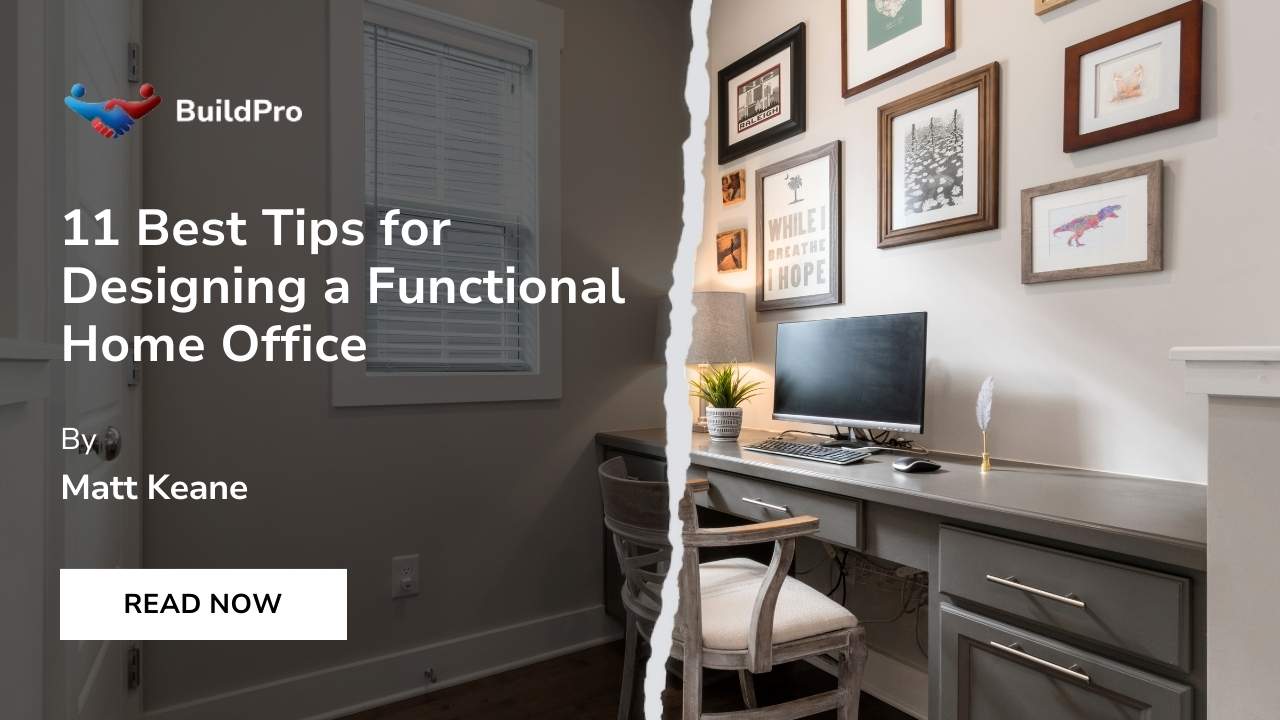When making changes to our homes, it's important to understand the regulations and requirements that may be in place. One common question that homeowners often have is whether or not they need planning permission to remove a chimney. In this article, we will explore the various aspects of planning permission for chimney removal and provide the information you need to make an informed decision.
Understanding the Regulations for Chimney Removal
To determine whether or not planning permission is required for chimney removal, it's essential to understand the regulations surrounding this process. In most cases, if the chimney is located on the side or rear of your property and does not exceed a certain height, planning permission may not be necessary.
However, it's important to note that these regulations can vary depending on your specific location and the type of property you own.
Before proceeding with chimney removal, it's advisable to consult with your local planning authority or a professional architect to ensure that you are fully compliant with the regulations in your area. They will be able to provide you with accurate information and guidance based on your circumstances.
Factors to Consider Before Removing a Chimney
While planning permission may sometimes be required for chimney removal, several factors are the main consideration. First and foremost, it's important to assess the structural implications of removing a chimney. Chimneys provide support to the overall structure of a building. Therefore, consulting with a structural engineer is crucial to determine if any additional support is needed.
Chimneys can be a charming home feature, and their removal may alter their appearance. If you live in a conservation area or a listed building, strict guidelines may be in place regarding removing chimneys. Familiarising these guidelines and seeking approvals is essential.
The Process of Obtaining Planning Permission for Chimney Removal
If you determine that planning permission is required for chimney removal, the next step is to understand the process of obtaining it. The first thing you'll need to do is submit a planning application to your local planning authority. This application should include detailed information about the proposed chimney removal, including architectural plans or drawings.
Once your application is submitted, it will review by the planning authority. They will assess factors such as the impact on the local environment, the appearance of your property, and any potential structural implications. This review process can take several weeks or months, depending on your application's complexity and the planning authority's workload.
You will receive planning permission for the chimney removal if your application is approved. It's important to note that this permission is typically valid for a certain time, so completing the removal within the specified timeframe is essential. If your application is unapproved, you can appeal the decision or modify your plans to address any concerns the planning authority raises.
Common Misconceptions About Chimney Removal
Some common myths about planning permission for chimney removal could improve. If a chimney is not in use, planning permission is not required for its removal. Even if a chimney is not functional, planning permission may still be necessary.
Another misconception is that planning permission is only required for chimney removal in certain properties, such as listed buildings. While it is true that stricter regulations may apply to listed buildings, planning permission can be necessary for chimney removal in any type of property, depending on the specific circumstances.
To avoid potential issues or legal complications, it's always best to consult a professional architect or planning consultant who can guide you through the process and provide accurate information based on your situation.
Alternatives to Chimney Removal
In some cases, homeowners may consider alternatives to chimney removal. One popular option is chimney capping, which involves sealing the chimney to prevent drafts, debris, and wildlife from entering the property. Chimney capping can be a cost-effective solution that allows you to retain the aesthetic appeal of the chimney while addressing any functional issues.
Another alternative is chimney breast removal, which involves removing the chimney breast from the property's interior while leaving the stack intact. This can be a more complex process that may require structural modifications to ensure the stability of the building. It's important to consult a professional to determine the feasibility and implications of chimney breast removal in your specific situation.
Hiring a Professional for Chimney Removal
Whether you proceed with chimney removal or explore alternative options, hiring a professional for the job is highly recommended. Removing a chimney can be a complex and potentially dangerous task that requires expertise and experience. A professional contractor or builder will have the necessary skills and knowledge to ensure the removal is carried out safely and complies with all relevant regulations.
When hiring a professional, choosing someone licensed, insured, and experienced in chimney removal is important. Ask for references and examples of their previous work to ensure they have expertise. Additionally, consider obtaining multiple quotes to compare prices and services before making a final decision.
Final Words
In conclusion, whether or not you need planning permission to remove a chimney depends on various factors, including its location, the type of property you own, and any local regulations in place. Understanding the regulations and requirements in your area before proceeding with chimney removal is essential.
Consulting with a professional architect or planning consultant can provide guidance and ensure you comply with all relevant regulations. They can assist you with the planning permission process, help you explore alternative options, and ensure that the chimney removal is carried out safely and in compliance with all necessary regulations.
Regarding home improvements, it's always best to make informed decisions and follow the proper procedures to avoid legal complications. Connect with top-notch home improvement professionals like Build Pro for planning consultation, architectural design, interior design, home renovation, home extension, and deep retrofit services. Their expertise and experience will ensure that your chimney removal project is a success.
















